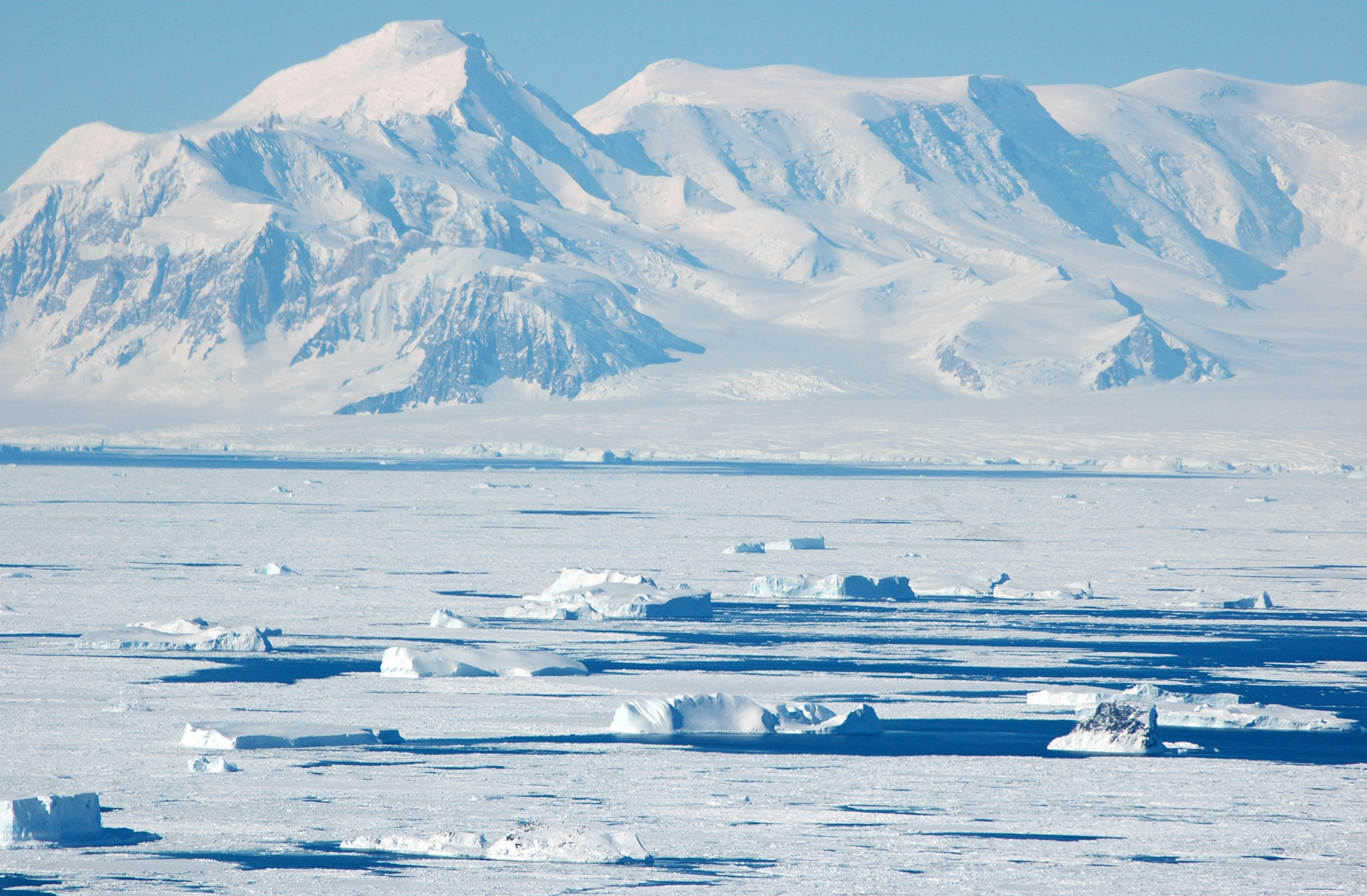Sea ice focus of Wednesday’s Antarctica flight
Wednesday’s mission was a chance for the University of Kansas’ SNOW and Ku-Band radars to shine. NASA’s Operation Ice Bridge leaders took advantage of favorable weather patterns and made the rapidly disappearing sea ice the target of the day.

“This is a first-time mission,” said Seelye Martin, the research leader for OIB and a professor of oceanography at University of Washington. “This is the first time this will have been done in the Amundsen Sea. The Amundsen Sea is particularly critical because it’s losing sea ice. … It’s actually a reduction in sea ice and it’s right up against the Pine Island and Thwaites glaciers. This is part of the overall climate study of the glacial response so it should be a very interesting mission.”

The SNOW and Ku-band radars, developed through the NSF Center for Remote Sensing of Ice Sheets headquartered at KU, operate at higher frequencies and work to identify very fine structures such as snow on top of sea ice. Knowing the thickness of the snow on the ice will help researchers determine the thickness of just the ice and then allow them to better gauge changes in that thickness, Martin said.

As data was collected researchers took turns gawking out the DC-8 windows. Flying at 250 miles per hour and only 1,600 feet above sea level, the view was impressive. Immense sheets of ice roughly 50 meters tall and seemingly as flat as a pool table floated freely under the aircraft. The stereotypical iceberg, poking it’s pointy top through the surface of the water, was petite in comparison and in the minority this day. Thin looking sheets of ice with numerous fracture lines were far more common, followed by the large floating ice barges. Near Thurston Island, the continent of Antarctica cast out a string of gargantuan ice pearls fit for a titan.

The ever-changing frigid seascape kept crew and researchers captivated for most of the 11-hour flight. Seeing the shadow of the seemingly miniaturized jet cast upon the surface of the ice helped everyone gauge the enormity of the region and the mission.
Interesting note of the region:
Punta Arenas doesn’t have parking meters. They have parking people.
Throughout the city, visitors can here the slightly pleasant, slightly annoying chirping of electronic devices. As eyes scan to find the source of the noise, one will see young men standing, sometimes sitting, along the street with an electronic device in hand. These are the parking meters.
The men wait for motorists to pull up to the curb on their street, charge them the parking fee and give them a parking receipt for the windshield. If a motorist manages to park without paying, the parking watchdog will wait for the motorist to return to the vehicle and block their egress until the fee is remitted.

